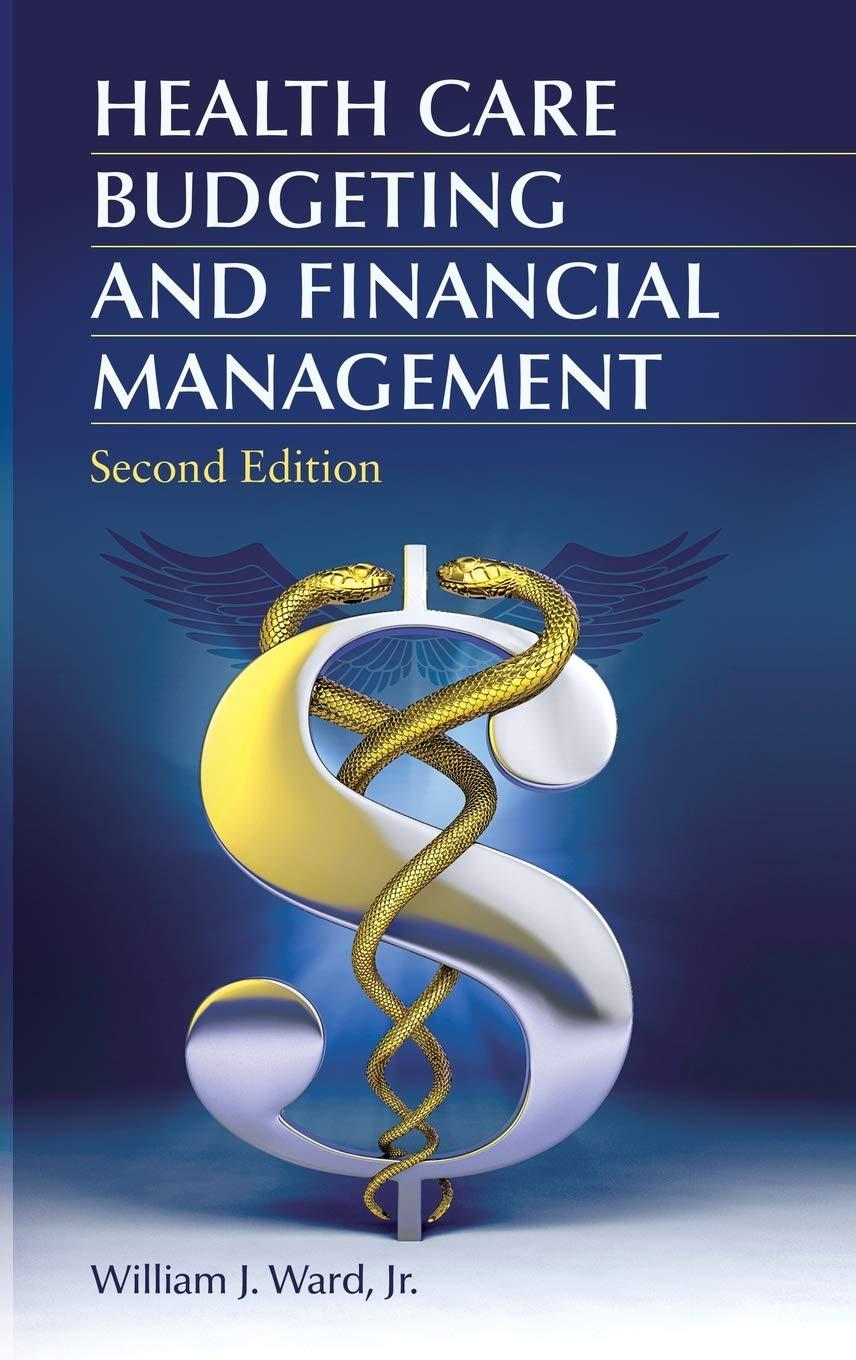1. Bond valuation The process of bond valuation is based on the fundamental concept that the current price of value of the cash flows that the security will generate in the future. can be determined by calculating the present There is a consistent and predictable relationship between a bond's coupon rate, its par value, a hondholders required return, and the bond's resulting intrinsic value. Trading at a discount, trading at a premium, and trediny at par refer to particular relationships between a bond's intrinsic value and its par value. These result from the relatienship belween a bond's coupon rate and a bondholder's required rate of return. Remember, a bond's coupon rate partially determines the interest-based return that a bond reflects the return that a bondholder ay, and a bondholder's required return to receive from a given investment. The mathematics of bond valuation imply a preditable relationship between the bond's coupon rate, the bondholder's required return, the bond's par value, and its intrinsic value. These relationships can be summarized as folows When the bond's coupon rate is equal to the bondholder's required return, the bond's intrinsic value will equal its par value, and the bond will trade at par . . When the bond's coupon rate is greater to the bondholder's required returm, the bond's intrinsic value will ts par value, and the bond will trade at a premium when the bond's coupon rate is less than the bondholder's required return, the bond's intrinsic value will be less than its par value, and the bond will trade at For example, assurme lackson wants to earn a return of 10.50% and is offered the opportunity to puntase a $1,000 par value bond that pays a 8.75% coupon rate (detributed semiannually) with three years remaining to maturity. The folowing formula can be used to compute the bond, Intrinsic value Complete the following table by identitying the appropriate corresponding variables used in the equation. Variable Name Variable Value $1,000 Semlannual required return Based on this equation and the data, it is_ value less than $1,000. to expect that Jackson's potential bond investment is currently exhibiting an intrinsic Now, consider the situation in which Jackson wants to earn a 8.75%. Again, the nearest whole dolar, then its intrinsic value of bond is Jackson vants to earn a return of 6.75%, but the bond being considered assume that the bond pays semiannual interest payments and has three years to for purchase offers a coupon rate of maturity. you und the bonds intrinsic voie to Crounded to the nearest whole doilar) is Its par value, so that the Given your computation and condusions, which of the following statements is true? O when the coupon rate is greater than Jackson's required return, the bond should trade at a premium. O A bond should trade at a par when the coupon rate is greater than Jackson's required return. O when the coupon rate is greater t O When the coupon rate is greater than Jackson's required return, the bond should trade at a than Jackson's requred return, the bond's intrinsic value will be less than Rs par value. dis.count 99+







